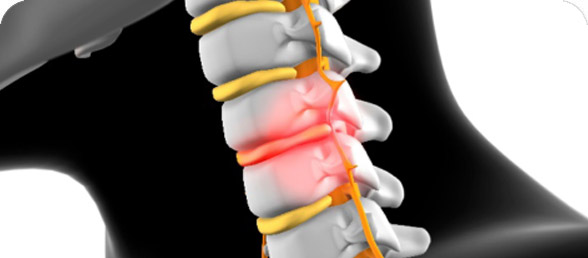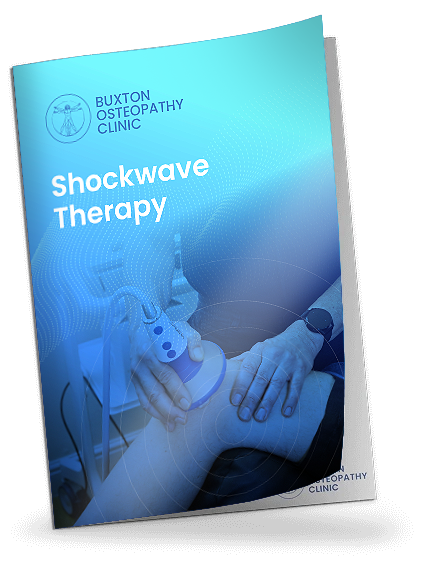Knees are one of the most commonly affected areas for osteoarthritis (OA). This is caused by a slow progressive loss of cartilage in the knee joint.

Typical symptoms: Often results in pain that increases with activity, combined with swelling and stiffness, creaking and cracking in the joint and progressive decreased mobility.
Knees are one of the most commonly affected areas for osteoarthritis (OA). This is caused by a slow progressive loss of cartilage in a joint. This is determined by age (most commonly), weight (increases pressure on the surface area of the knee joints), repetitive stress injuries (occupations with frequent lifting or squatting), history of sporting involvement (football or long-distance running) or even genetics.

X-rays show bone and cartilage damage that occurs as a result of osteoarthritis as well as the presence of bone spurs that also occur on the joint surfaces. MRI scans may also be necessary to see if other types of joint tissue are involved as well.
The meniscus in the knee can wear in particular. The meniscus is a C-shaped rubbery pad of cartilage that acts as a shock absorber. It helps to cushion and stabilise your knee during movement. Effectively it helps distribute the body’s weight across the knee joint and essentially enables the leg bones to fit together properly (or gives the joint ‘congruity’).
There are two menisci in each knee, namely the medial meniscus on the inside of your knee and the lateral meniscus on the outside. These medial and lateral meniscus can erode as part of the degenerative process.

The primary goals of treating osteoarthritis of the knee are to help relieve the pain and restore mobility. The treatment plan will typically include a combination of the following:
-
Weight loss. Losing even a small amount of weight, if needed, can significantly decrease knee pain from osteoarthritis.
-
Exercise. Strengthening the muscles around the knee makes the joint more stable and decreases pain.
-
Pain relievers and anti-inflammatory drugs. Injections of corticosteroids or hyaluronic acid into the knee. Steroids are powerful anti-inflammatory drugs. Hyaluronic acid is normally present in joints as a type of lubricating fluid.
-
Physical therapy that we offer. If you are having trouble with daily activities, physical or occupational therapy can help. Physical therapists teach you ways to strengthen muscles and increase flexibility in your joint.
-
Surgery. When other treatments don’t work, surgery is a good option and knee replacement surgery should be considered.






